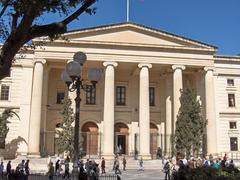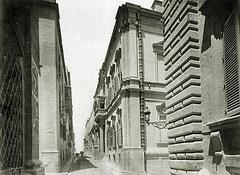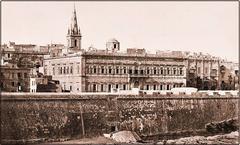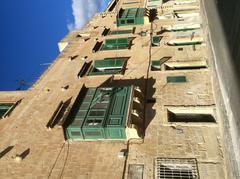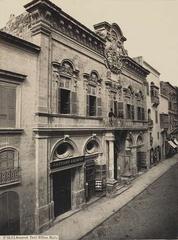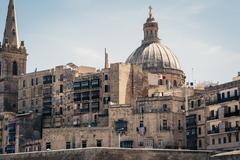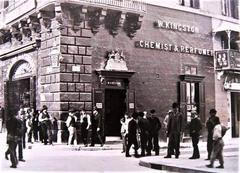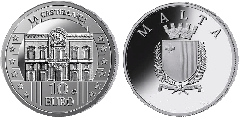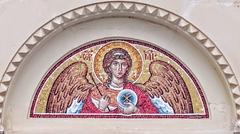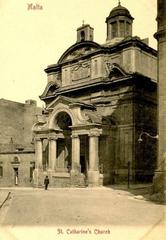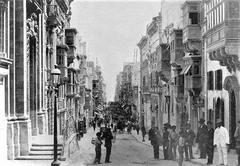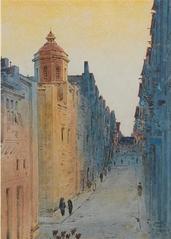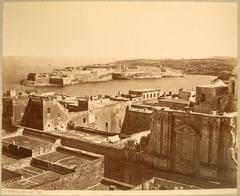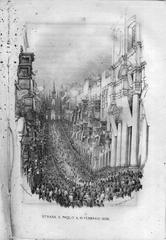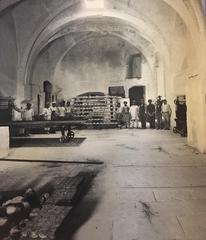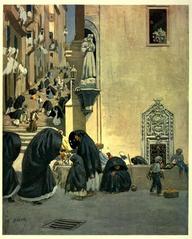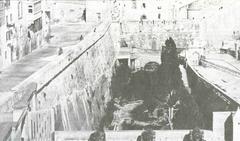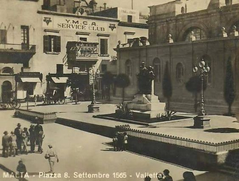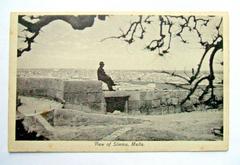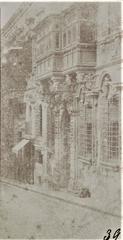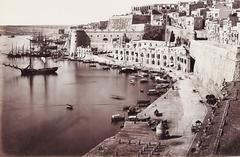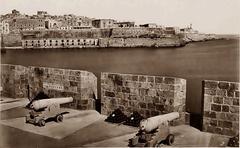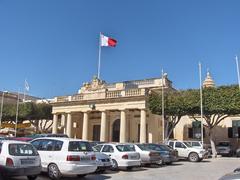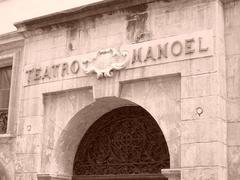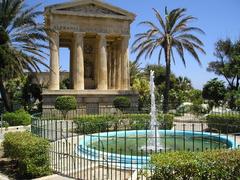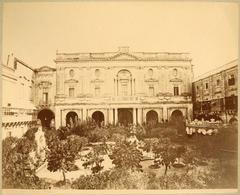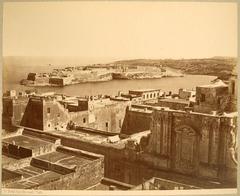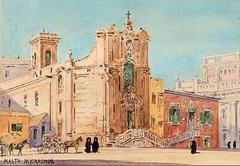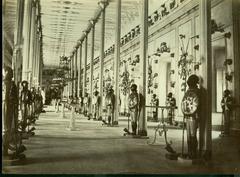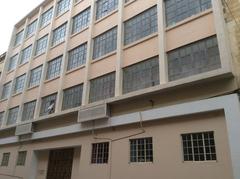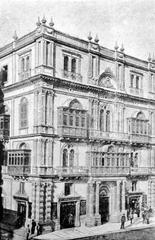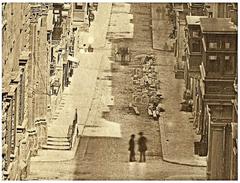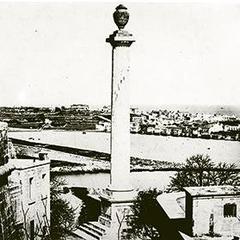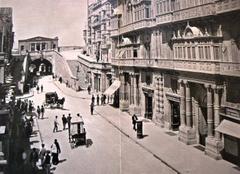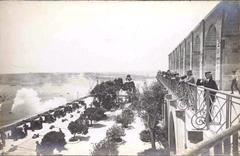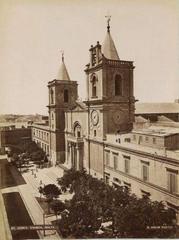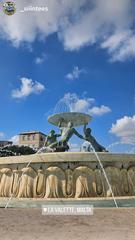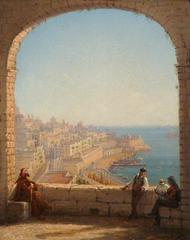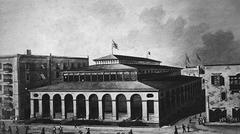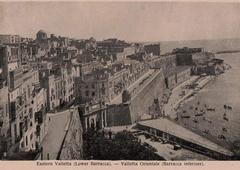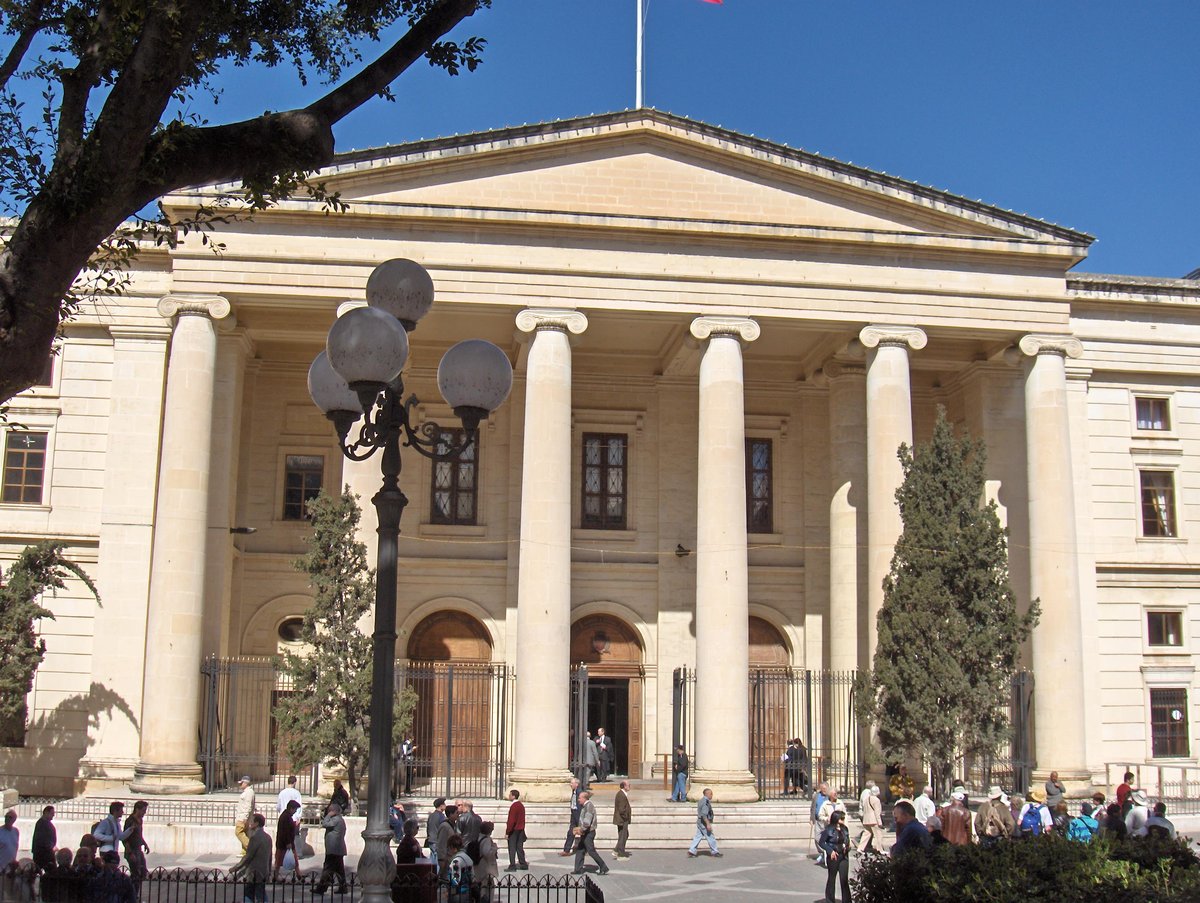
Courts of Justice Building Valletta Malta: Visiting Hours, Tickets, and Visitor Information
Date: 14/06/2025
Introduction
Standing in the heart of Valletta, Malta’s capital and a UNESCO World Heritage Site, the Courts of Justice Building is a prominent symbol of the nation’s legal tradition and architectural identity. With roots tracing back to the Knights Hospitaller and evolving through periods of French and British rule, this neoclassical landmark embodies Malta’s judicial history and post-independence resilience. Whether you are a history enthusiast, architecture lover, or simply exploring Valletta’s rich heritage, this guide offers a comprehensive overview of the Courts of Justice Building—including its history, architectural features, visitor information, accessibility, nearby attractions, and travel tips (National Inventory of the Cultural Property of the Maltese Islands, Judiciary of Malta, VisitMalta.com).
Table of Contents
- Introduction
- Historical Background and Development
- Architectural Significance
- Legal and Civic Role
- Visiting Information: Hours, Accessibility, and Tours
- Travel Tips and Nearby Attractions
- Frequently Asked Questions (FAQ)
- Summary and Recommendations
- References
Historical Background and Development
Origins: From Castellania to Modern Courts
The site of today’s Courts of Justice Building has deep judicial roots. During the rule of the Knights of St. John, the Castellania served as Malta’s primary court and prison, first in Birgu and later in Valletta. As Malta transitioned through French and British governance, the need for a modern courthouse became evident, prompting the construction of a new facility after World War II (National Inventory of the Cultural Property of the Maltese Islands, Times of Malta).
Construction and Post-War Renewal
The original law courts, housed in the Auberge d’Auvergne, were destroyed during WWII. In the 1960s, plans were drawn to build a new courthouse on the same site, reflecting Malta’s post-war recovery and independence aspirations. Construction began in 1965 under architect Jo Tonna, culminating in the building’s inauguration on January 9, 1971 (Wikipedia, Malta Law Courts).
Architectural Significance
Neoclassical Design
The Courts of Justice Building is a classic example of neoclassical architecture, chosen to symbolize justice, order, and permanence. Its grand façade features six imposing Ionic columns supporting a triangular pediment, reminiscent of ancient Greek temples. The structure, built from warm Maltese limestone, blends harmoniously with Valletta’s baroque and neoclassical cityscape (Wikipedia, QuestoApp).
Layout and Features
Occupying nearly an entire city block, the building comprises seven floors—three of which are below street level—maximizing space in Valletta’s compact urban core. Internally, it houses multiple courtrooms, judges’ chambers, administrative offices, the Civil Courts Registry, and support facilities such as police lock-ups and archives. The central atrium and use of local stone reflect both functionality and respect for Maltese heritage (Everything Explained Today).
Legal and Civic Role
Centre of Malta’s Judiciary
The Courts of Justice Building is the operational heart of Malta’s legal system, housing the Civil, Criminal, Constitutional Courts, and the Court of Appeal. It is the venue for landmark cases, constitutional hearings, and public inquiries that shape Maltese law and society (Judiciary of Malta).
Symbol of Civic Life
Beyond its legal function, the building is a focal point for public discourse and civic engagement, frequently serving as a site for peaceful demonstrations and national ceremonies. Its central location on Republic Street, near government ministries and cultural institutions, underscores its significance in Maltese civic life (MaltaCulture.com).
Visiting Information: Hours, Accessibility, and Tours
Visiting Hours
- Court Sessions: Monday to Friday, 9:00 AM to 1:00 PM
- Administrative Offices: Open until mid-afternoon
- General Public Access: Typically during official operating hours; entry may be limited to official business or court proceedings.
- Public Holidays: Closed.
- Always check the official Judiciary of Malta website for up-to-date information.
Entry and Tickets
- Admission: Free; no tickets required for public areas or to observe court sessions (space and protocols permitting).
- Security: All visitors must pass through security screening.
- Dress Code: Formal attire is mandatory. Shorts, sleeveless tops, and flip-flops are not permitted.
Accessibility
- Facilities: Ramps, elevators, and accessible restrooms are available for visitors with disabilities.
- Assistance: Notify court administration in advance for specific accessibility needs.
Guided Tours
- Regular Tours: Not routinely offered.
- Educational Visits: Can be arranged by prior appointment for student groups and legal professionals.
- Inquiries: Contact court administration or local tour operators for special arrangements.
Photography
- Inside: Strictly prohibited to protect privacy and court proceedings.
- Outside: Exterior photography is allowed and encouraged.
Travel Tips and Nearby Attractions
- Central Location: The building is on Republic Street, a short walk from the Valletta Bus Terminus and city gates.
- Nearby Sites:
- St. John’s Co-Cathedral: Baroque masterpiece with Caravaggio paintings
- Grandmaster’s Palace: Historic seat of Malta’s rulers
- Upper Barrakka Gardens: Panoramic views of Grand Harbour
- Republic Street: Shops, cafés, and civic landmarks (VisitMalta.com, maltainfoguide.com)
- Dress Comfortably: Valletta’s streets are cobbled; wear good walking shoes.
- Refreshments: Numerous cafés and restaurants are within walking distance.
Frequently Asked Questions (FAQ)
Q: What are the visiting hours for the Courts of Justice Building Valletta?
A: Monday to Friday, 9:00 AM to 1:00 PM for court sessions; administrative offices open until mid-afternoon.
Q: Do I need tickets or pay an entry fee?
A: No, entry is free for public areas and open court sessions.
Q: Is the building accessible for people with disabilities?
A: Yes, it has ramps, elevators, and accessible restrooms. Notify administration for specific needs.
Q: Are guided tours available?
A: Not regularly, but educational or group tours can be requested in advance.
Q: Can I take photographs?
A: Photography is permitted outside but strictly prohibited inside.
Q: Is there a dress code?
A: Yes, formal attire is required.
Summary and Recommendations
The Courts of Justice Building in Valletta is more than a courthouse—it is a testament to Malta’s rich legal tradition, architectural heritage, and civic values. Its neoclassical design, central location, and historical significance make it a must-see for visitors exploring Valletta’s historic core. While general public access is mainly during court hours and for official business, the building’s impressive façade and integration within Valletta’s urban fabric provide ample reason to visit. For the most rewarding experience, combine your visit with other nearby attractions such as St. John’s Co-Cathedral and the Grandmaster’s Palace, and always consult the Judiciary of Malta website for the latest information.
References
- National Inventory of the Cultural Property of the Maltese Islands
- Wikipedia
- MaltaCulture.com
- wanderlog.com
- Times of Malta
- Judiciary of Malta
- VisitMalta.com
- Malta Daily
- QuestoApp
- Everything Explained Today
- maltainfoguide.com
